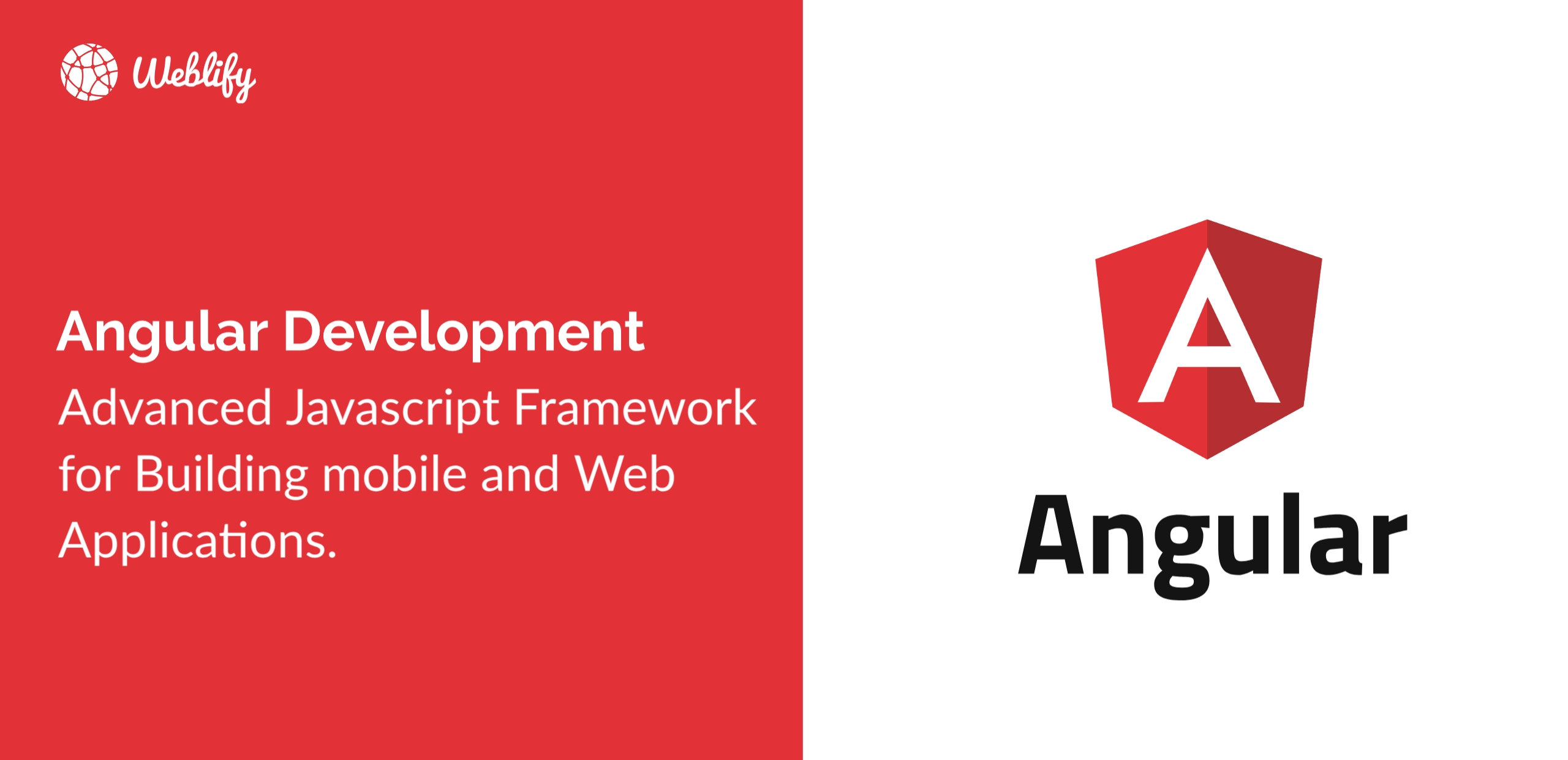Angularjs was the “golden baby” amongst javascript frameworks, as it began to deliver via google organization in 2012. It became built with the model-view-controller concept in thoughts, even though authors of the framework regularly called it “model-view-*” or even “version-view-whatever”. The structure, written in pure javascript, was meant to decouple a utility’s good judgment from dom-manipulation and aimed at dynamic web page updates. Nonetheless, it wasn’t very intrusive: you can have only part of the page controlled by way of angular. This framework added many powerful capabilities allowing the developer to create costly, single-page programs quite effortlessly. Primarily, a thrilling idea of records binding was delivered that intended automated updates of the view each time the model (statistics) changed, and vice versa. On pinnacle of that, the concept of directives became presented, which allowed inventing your HTML tags, brought to existence by javascript
Another pretty vital factor became dependency injection, which allowed application components to be stressed out together in a way that facilitated reusable and testable code. Of course, there’s lots more to angularjs, but we’re not going to speak about it thoroughly in this text. Angularjs have become popular right away and received several tractions. Nonetheless, its maintainers determined to take some other step also and proceeded to develop a new version which came to start with named angular 2 (later, definitely angular without the “js” part). It’s no twist of fate the framework received a new name: really, it becomes re-written and redesigned, even as many principles were reconsidered.

